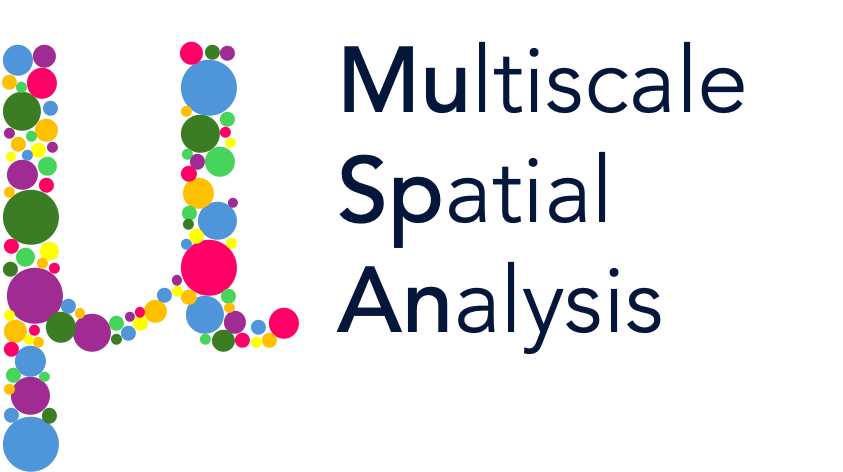nearest_neighbour_distribution#
- nearest_neighbour_distribution(domain, population_A, population_B, include_boundaries=None, exclude_boundaries=None, boundary_exclude_distance=0, ignore_self=True, remain_within_connected_component=False, visualise_output=False, visualise_output_fig_kwargs={})#
Calculate the nearest neighbour distribution for a given population within a domain. The nearest neighbour distribution is the distribution of distances between each object in population A to any object in population B.
- Parameters:
- domainmuspan Domain object
The domain in which the objects are observed.
- population_Aquery-like
The first population of objects or a query to select them.
- population_Bquery-like
The second population of objects or a query to select them.
- include_boundariesarray-like, query-like, or None, optional
Boundaries to include in the analysis. Defaults to None.
- exclude_boundariesarray-like, query-like, or None, optional
Boundaries to exclude from the analysis. Defaults to None.
- boundary_exclude_distancefloat, optional
Buffer to exclude objects located within boundary_exclude_distance from the boundaries. Defaults to 0.
- ignore_selfbool, optional
If True, then if the same object ID is present in population_A and population_B, do not allow it to measure the distance to itself (0) as the nearest neighbour distance. Defaults to True.
- remain_within_connected_componentbool, optional
If True, the nearest neighbour distances are calculated within connected components. Default is False.
- visualise_outputbool, optional
If True, plot the NN distribution. Defaults to False.
- visualise_output_fig_kwargsdict, optional
Dictionary to pass to figure creation if visualise_output is True.
- Returns:
- observed_nearest_distancesnumpy.ndarray
An array of the nearest neighbour distances for the specified population within the prescribed boundaries.
Notes
If population_A and population_B are the same, the nearest neighbour distribution will be calculated for the same population, avoiding self-distances if ignore_self is True.
